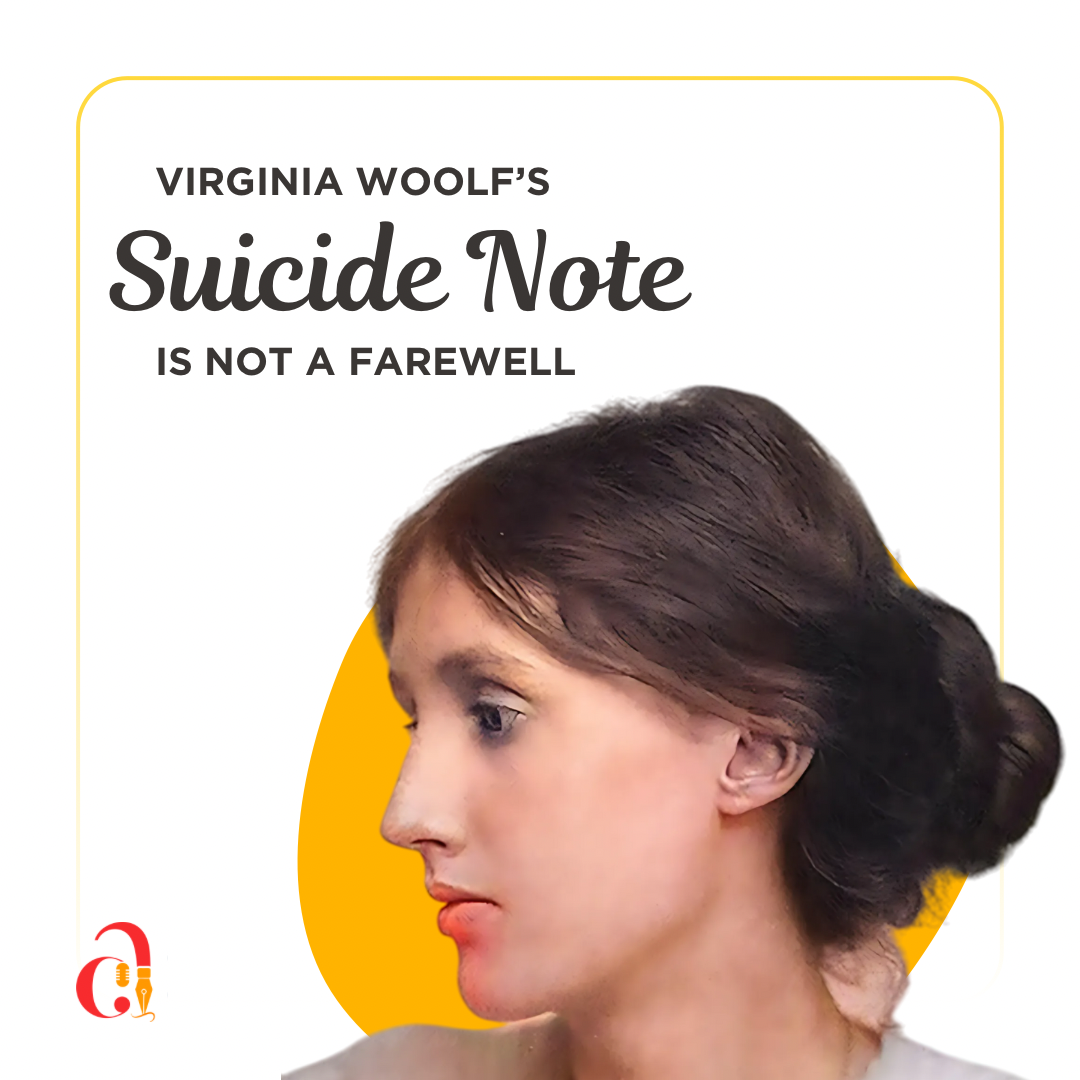 India
India  Mon Dec 2025
Mon Dec 2025
 Creative Adda
Publish Date:
27 Dec 2024
Creative Adda
Publish Date:
27 Dec 2024
Virginia Woolf’s Suicide Note is Not a Farewell
On March 28, 1941, Virginia Woolf, one of the many profound literary voices of the 20th century, walked into the River Ouse next to her home in Sussex. With stones stuffed into her coat pockets, she surrendered her soul to the water. It was an act of conscious emancipation, a quiet rebellion against the mental anguish that called on her brilliance for its shade.
Her last letter to her husband, Leonard Woolf, is not a farewell but a testimony to their deep bond. Filled with expressions of appreciation and devotion—"You have given me the greatest possible happiness"—it is heavy with melancholy. Leonard was her anchor, her editor, her sanctuary, yet not strong enough to save her from the spring tide moving within.
Woolf's words were like ripples in water: poetic, delicate, but charged with immense depths of despair. Her letter exemplifies her works: incredibly self-conscious, multi-layered, and pervaded by a texture of human experience.
Woolf's novels, Mrs. Dalloway and To the Lighthouse, articulate the unreliability of time, consciousness, and identity. In this letter, her work transferred that fluidity: love and loss, clarity and confusion. She speaks of a mind that is "terribly ill," but her words are achingly lucid—a brilliant mind engulfed by darkness.
As readers, faced with a pain that reflects on the limits of love set against the expanse of mental illness, we are left tossing helplessly back and forth. Woolf's last act was, thus, not an absence of love, but the vastness of its recognition; the recognition that even love could not calm the storms. Her letter, like the mark of her life, screams of humanity, crying out frailly in its truth.



